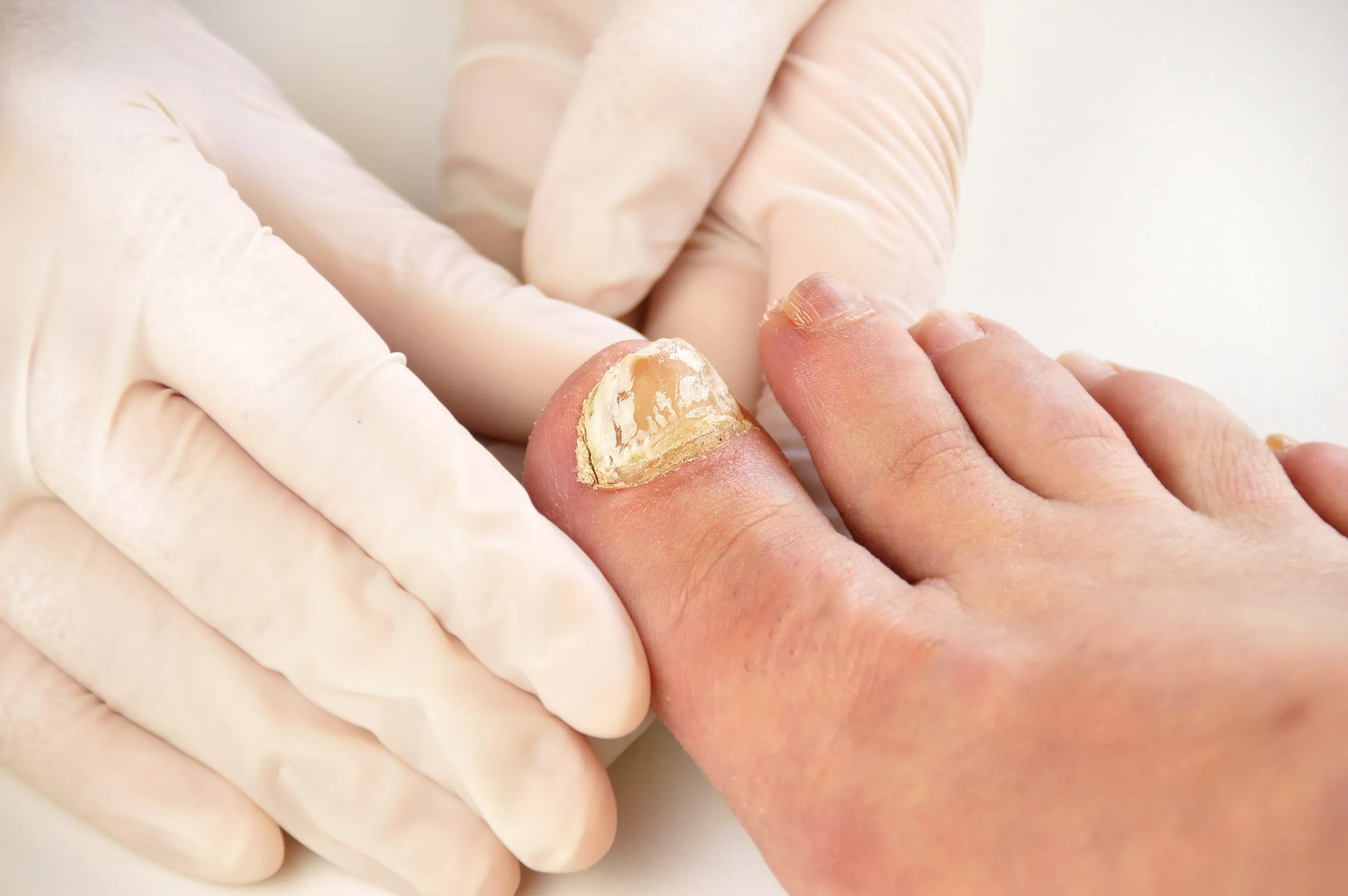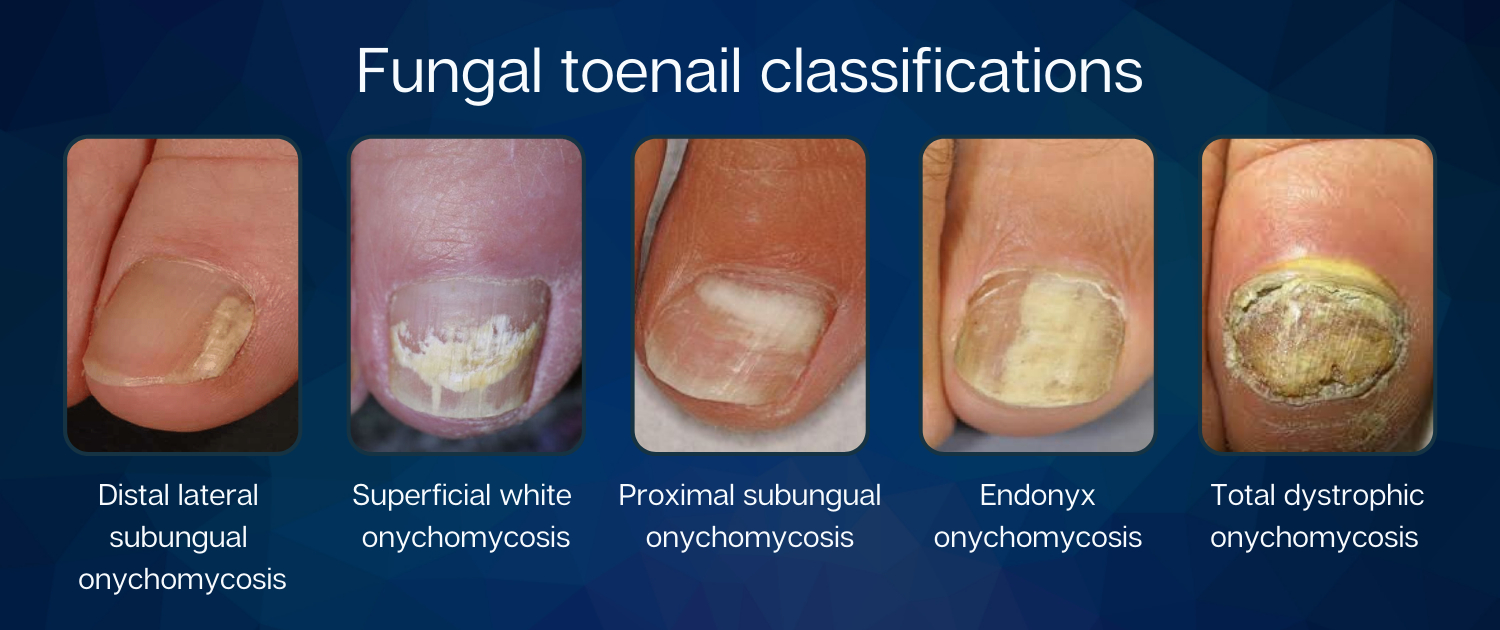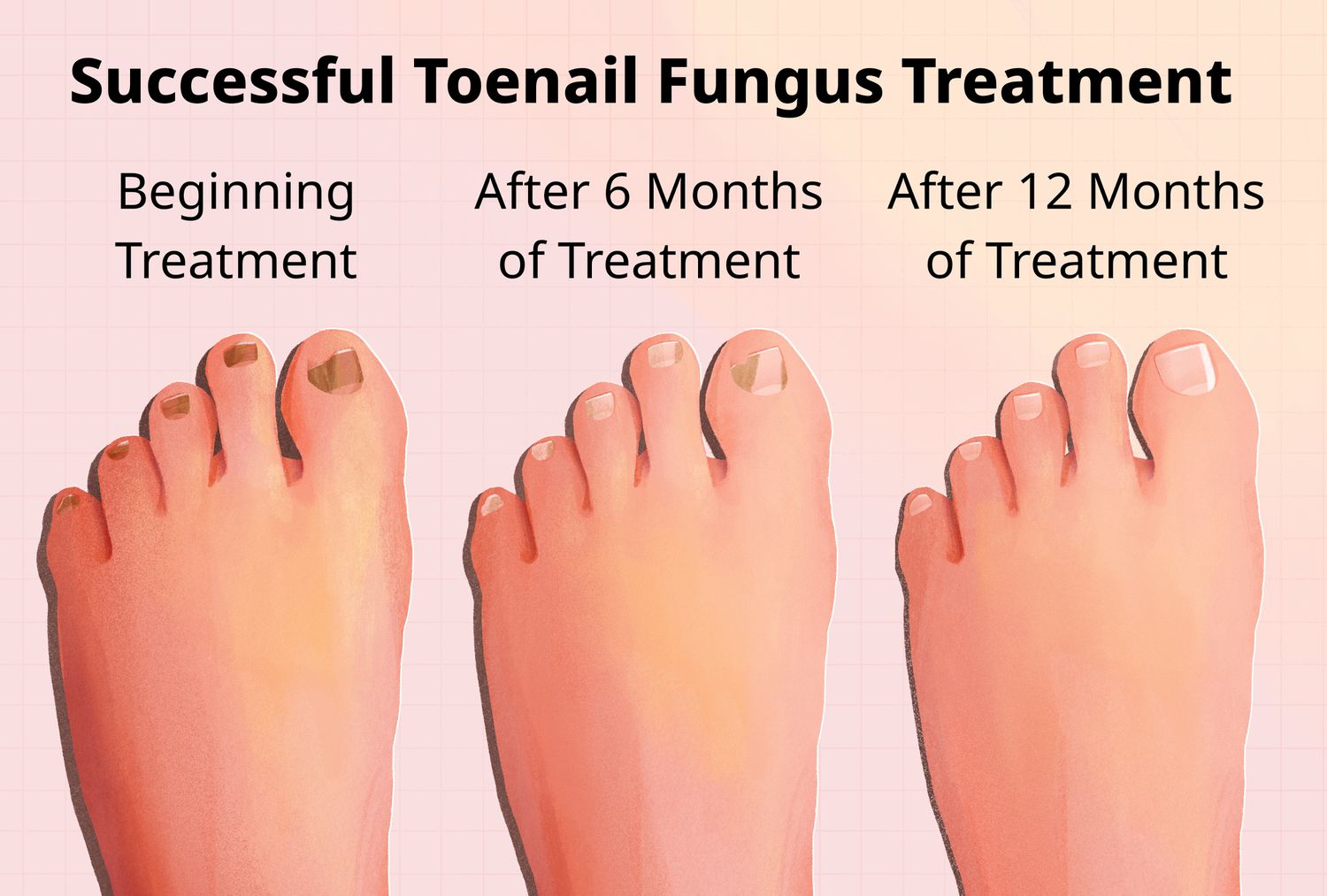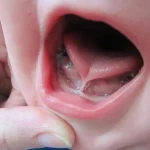
Key facts
- Toenail infections are common and are caused by a fungus, which often spreads from tinea on your foot.
- If your toenail is infected it may look thickened, crumbly and discoloured and the nail may be destroyed if the infection is not treated.
- Most toenail infections need to be treated with oral antifungal medicine for several months, as creams don’t usually work.
- You can prevent fungal toenail infections by keeping your feet clean and dry, wearing shoes that allow air flow and not walking barefoot in public pools and showers.
- Paronychia is an infection of the skin next to your nail, usually caused by bacteria, with pain, redness and pus.
What is a toenail infection?
A toenail infection occurs when a fungus grows on or under your nail. It is also known as onychomycosis. Toenail infections are common, especially in older people.
You can also get an infection of the skin around your toenail. This is known as paronychia. It is usually caused by bacteria, but can also be caused by herpes simplex (the virus that causes cold sores) or candida (a type of yeast).
Why might I develop a toenail infection?

Fungal toenail infections often develop from fungal foot infections, such as tinea. Feet are an ideal place for fungi to grow. Fungi grow well in warm, moist places. You could catch tinea if your feet touch infected skin or contaminated surfaces in public pools and showers.
You are at higher risk of developing a fungal nail infection if you:
- have sweaty feet
- wear closed shoes for long periods of time
- keep injuring your nail
- have a health condition such as diabetes or a weakened immune system
- have a skin condition such as psoriasis
Paronychia is often caused by damage to the skin near the nail, which lets infection in. Picking at your toenails, a pedicure or an ingrown toenail could all cause damage.
What symptoms could I have?
If you have a fungal nail infection, you might have:
- yellow or brown discolouration of the nail or white spots
- crumbling of the nail when it is cut
- thickening of the nail
- separation of the nail from the nail bed underneath
- pain or a bad smell under your nail
Paronychia usually develops quickly. You might have:
- a painful, red, swollen area of skin next to your nail
- yellow pus under the skin
- separation of the nail from the nail bed
- painful blisters — if it is caused by the herpes simplex virus
- fever
What complications might I have?
If the infection is not treated, your nail could become deformed or destroyed.
If you have a weakened immune system or diabetes, a toenail infection could lead to a bacterial skin infection. It is important to see your doctor as soon as symptoms appear.
How will I be diagnosed with a toenail infection?
If you think you may have a toenail infection, see your doctor or pharmacist. They will look at your nail and advise you what to do.
Your doctor can scrape a sample from your nail to send for testing. It may take 5 to 6 weeks to get the results of a fungal culture.
It is important to wait for the results to confirm a toenail infection before you start treatment. This is because there are other things that can cause similar symptoms, such as trauma (for example, from an injury to the nail) or psoriasis. If the type of fungus is identified, it will help your doctor choose the best treatment for you.
How can I treat a toenail infection?
Treatment of a toenail infection depends on the type of fungus causing it.
Most people need to take an oral antifungal medicine. Treatment can take 3 to 6 months, and sometimes longer. You may need to have blood tests to monitor your liver function while you are taking the medicine. Your nail might not look normal for several months after treatment while the new healthy nail is still growing.
Antifungal creams and ointments don’t usually work well on toenails. Laser therapy is even less effective.
Sometimes it can be helpful to remove the infected nail.
The infection may come back after it has been treated. Your doctor or pharmacist might suggest that you use an antifungal cream or ointment as directed, to prevent this.
Other important steps to take include:
- washing your socks and stockings in hot water
- cleaning your shoes with an antifungal spray
- airing out your shoes — it’s best to alternate pairs of shoes
- disinfecting the floor of your shower or bath
If you have paronychia, your doctor will drain any pus that can be seen under the skin. If this doesn’t get rid of the infection, you will need antibiotics. If your infection is caused by the herpes simplex virus, you may need antiviral medicine.
How can I prevent a toenail infection?
You can help prevent a toenail infection by:
- ensuring your feet are clean and kept dry
- keeping your toenails short
- wearing clean cotton socks and changing them every day
- wearing shoes that fit well and let air flow in
- wearing footwear in public showers
- not sharing nail scissors or shoes

Your pharmacist can also provide education, helpful tips and advice that can help you prevention or manage your toenail infections.


